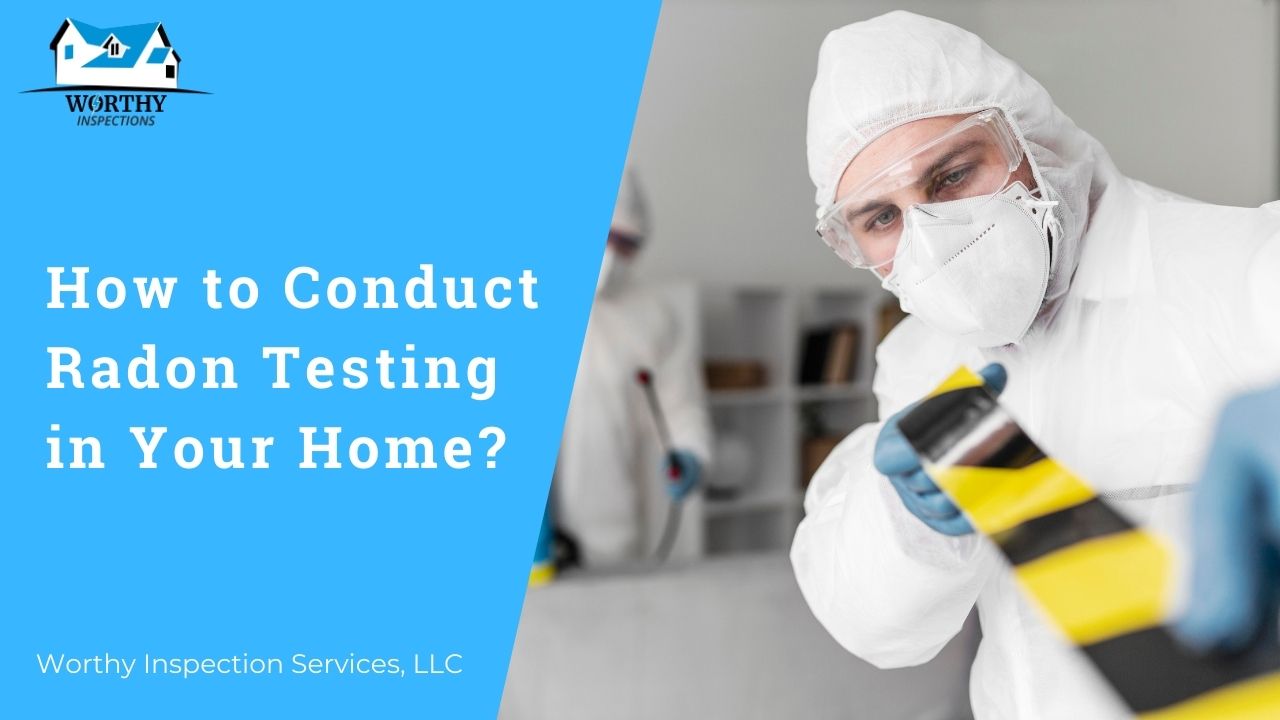Radon is a naturally occurring radioactive gas found in soil, rocks, and sometimes water. It can seep into homes through cracks in the foundation, floors, and walls. While radon is odorless, colorless, and tasteless, it can pose a serious health risk when inhaled.
Typically measured in picocuries per liter (pCi/L), exposure to high levels of radon over time can substantially elevate the risk of lung cancer. The Environmental Protection Agency (EPA) advises that corrective measures should be taken if radon levels reach 4.0 pCi/L or higher.
This blog explores the importance of home radon tests, the different types of tests, and how to address elevated radon levels effectively.
Why Does Radon Testing Hold Such Significance?
While it is true that some areas have naturally lower radon levels than others, it is still essential to conduct radon testing in all homes because:
- Testing your home is the only way to determine its presence and concentration.
- Radon levels may fluctuate over time due to changes in soil conditions, weather, etc. A home that once had low radon levels may experience an increase in the future.
- Even low levels of radon exposure can pose health risks, especially for those who smoke or have pre-existing lung conditions.
- Knowing the radon level in your home allows you to take appropriate measures to avoid any potential risks.
Radon Testing Types
- Short-Term Testing
Short-term radon tests typically involve placing a passive radon detector in the home for 2 to 7 days. These detectors measure the amount of radon that accumulates over time. These tests are ideal for initial screening but may need to account for fluctuating radon levels, potentially affecting accuracy.
- Long-Term Testing
Long-term radon tests, lasting several months, offer a more accurate average of radon levels, especially in homes with fluctuating levels or known radon problems. These are recommended to obtain the most reliable results.
- Continuous Radon Monitors
Continuous radon monitors (CRMs) are electronic devices that consistently monitor radon levels. It tracks radon levels hourly for 48 hours and then calculates the average to determine the result. These keep you informed about indoor radon concentration so you can address any health risks from high radon levels.
Steps to Test Your Home for Radon
1. Choose a Test Kit
Radon test kits are available at hardware stores and online retailers. Ensure the kit you choose is approved and certified by AARST/NRPP. These kits are designed to provide accurate results.
2. Follow Instructions Carefully
Place the test kit in the lowest livable area of your home, like the basement or first floor, where radon accumulates.
Follow the kit's instructions for correct placement, avoiding areas near high heat, humidity, and exterior walls (laundry rooms, kitchen, and bathrooms) to ensure accurate results.
3. Timing and Placement
Keep windows and doors closed during testing to avoid outside air influencing the radon levels. Ideally, test your home for at least 48 hours. However, some kits may require longer testing, say 90 days or more.
4. Send the Test Kit for Analysis
Once the testing period is complete, follow the kit's instructions to seal the sample and send it to the designated laboratory. The lab will evaluate the sample and provide you with the radon levels in your home.
Understanding Radon Test Results
Radon is naturally present in outdoor air at low concentrations but sometimes in indoor air.
The EPA states that the average radon level in American homes is about 1.3 pCi/L. If indoor radon levels reach or exceed 4 pCi/L, the EPA advises hiring a professional to reduce it.
If radon levels fall between 2 pCi/L and 4 pCi/L, take appropriate measures to reduce them. No safe radon level exists, so aim for the lowest possible levels to reduce lung cancer risk.
What to Do If Your Home Has High Radon Levels
- Mitigation Option
A radon mitigation system, also called a radon reduction system, removes radon gas from your home to protect your family.
It works by sub-slab depressurization or soil suction method, which uses suction and pipes to draw air from beneath the house and release it outside, creating negative pressure to keep radon away from living spaces.
Depending on your home's structure, these systems can be customized for use in crawl spaces and basements.
- DIY Solutions
Enhance the circulation of air in your home by opening windows and utilizing fans and vents.
Seal any gaps in floors and walls with plaster, caulk, or other suitable materials designed for this purpose.
Final Thoughts
The importance of regular radon testing cannot be overstated, as prolonged exposure to this colorless, odorless gas can significantly threaten your health. Testing is the only way to detect high radon levels, so ensure you test your home regularly to address any risks promptly.
While DIY test kits are an option, hiring professionals for radon testing ensures accurate measurements. They can perform extensive, long-term testing in multiple home areas, providing a comprehensive view of radon exposure.
Keep Your Home Radon-Free with Worthy Inspections Services
Worthy Inspections Services offers expert radon testing, using advanced methods to ensure precise detection and effective reduction of radon levels. Our certified professionals focus on protecting your family's health by mitigating radon risks and improving indoor air quality.
Contact us today for a comprehensive consultation and take the first step towards a healthier living environment.



Comments are closed